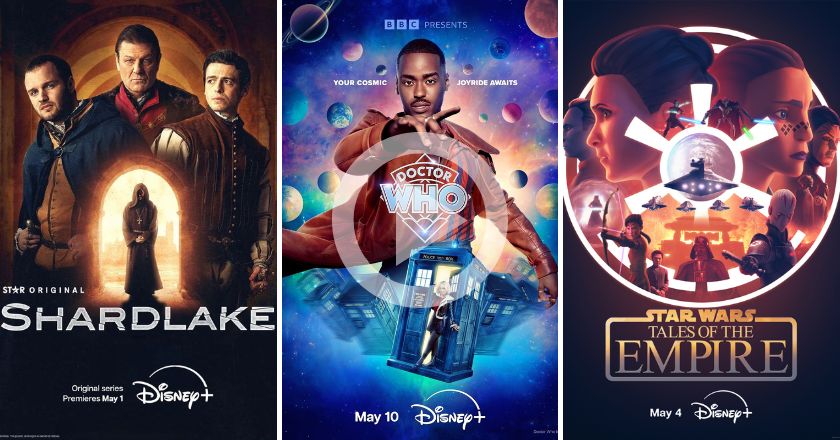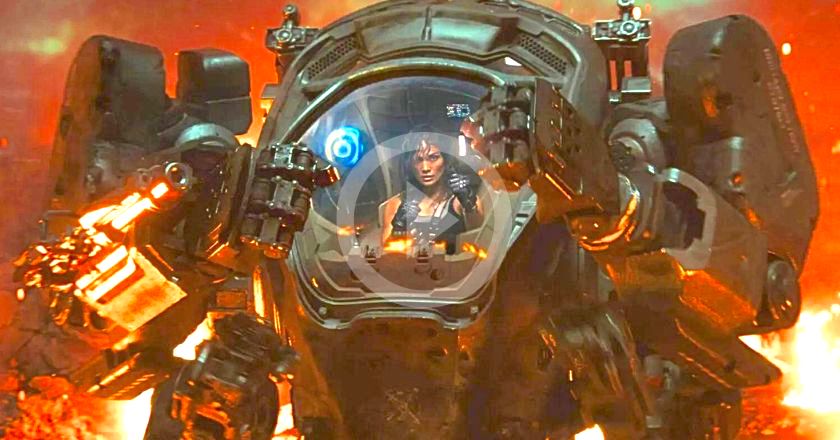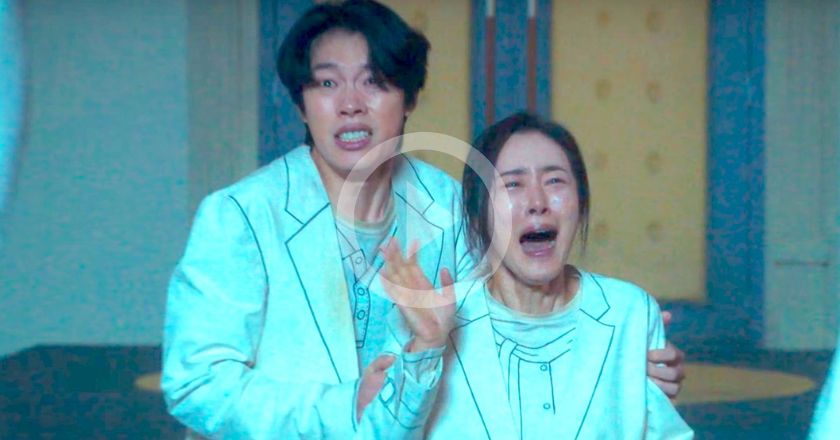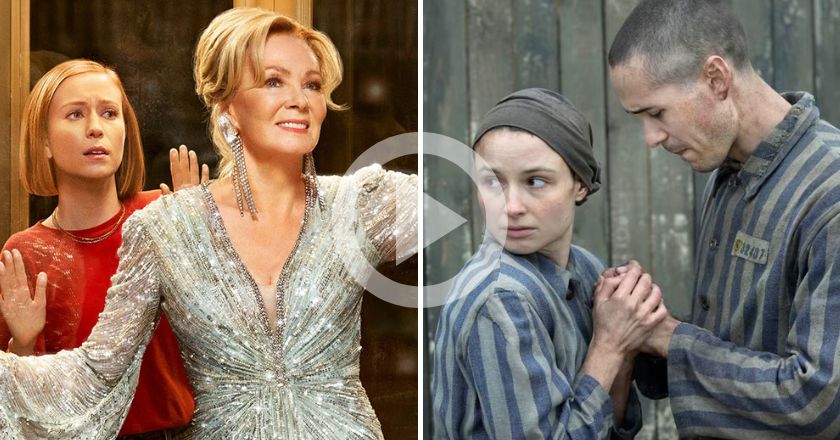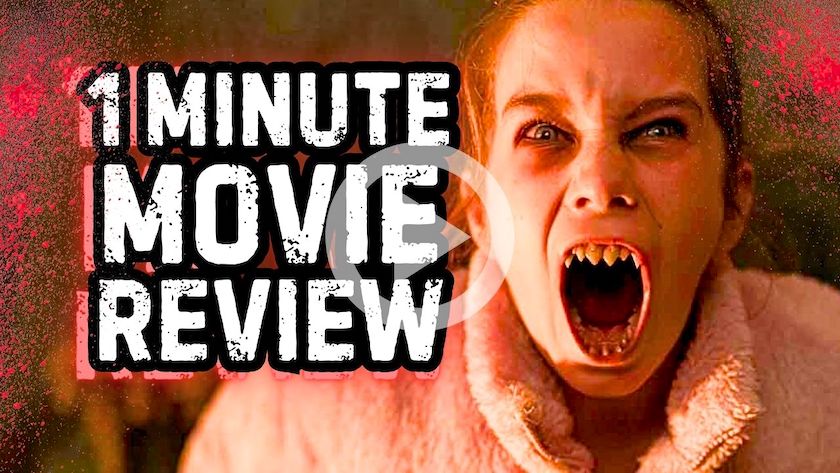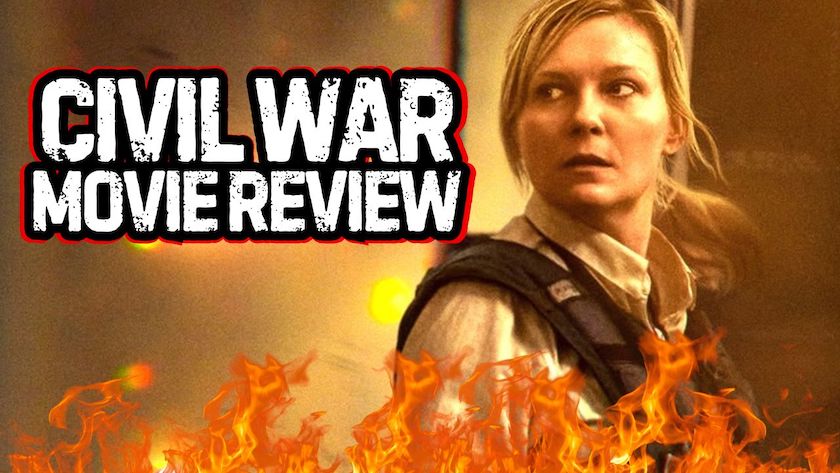
In 2002 British director Paul Greengrass made a film called Bloody Sunday, which chronicled the 1972 massacre of civilians by British military in the Irish town of Derry. It was a gritty and realistic depiction of events shot at ground level, exploring two sides of a devastating conflict. It also featured one of the most powerful monologues from actor James Nesbitt that I have ever seen. Originally made for television, the film struck such a chord with audiences and critics alike that it went on to have a global theatrical run following its small screen debut.
Since then, Greengrass has found himself comfortable amongst the Hollywood elite, having directed three Bourne films (Supremacy, Ultimatum, Jason Bourne) as well as Green Zone. And yet, remaining loyal to his calling, he has maintained his commitment to polarising true stories with films like United 93 and Captain Phillips, and now he continues his trademark style with Netflix-released film 22 July, an account of the 2011 Norway attacks by mass murderer Anders Behring Breivik.
With a substantial running time of 143 minutes, 22 July adopts a similar style and format to Bloody Sunday, presenting the story and its characters in a close and personal fashion. The story begins with Breivik completing his manifesto and preparing for his dual-attack while simultaneously documenting the prime minister’s preparations for a planned political commitment. Within minutes Greengrass hones his focus on the two attacks whereby Breivik blows up a government building (killing 8 people) followed by his massacre of 69 children at a popular island summer camp. The events are depicted with unflinching realism as he casually executes one child after another. It is gut-wrenching stuff, to say the least, and to Greengrass’ credit, these heinous crimes are dealt with in the first act, allowing the rest of the film to concentrate on the aftermath.

The majority of the drama follows Viljar Hanssen, a 17-year-old boy who survived the attack with 5 severe gunshot wounds to his body, including the loss of one eye and bullet fragments lodged in his brain. Juxtaposing his story is that of Breivik, whose staunch belief in his cause has him using the courtroom as a political statement. As his sanity is debated amongst legal, medical and public ranks, he maintains that his attack was for the people of Norway, and for the protection of indigenous and western culture against multiculturalism. He is a disturbing and complex figure, yet hauntingly charismatic and charming, as he was in reality, and seeing his story unfold in contrast to the victims is a fascinating viewing experience.
Despite being an American production (produced by Hollywood heavyweight Scott Rudin and distributed by Netflix), Greengrass uses a Norwegian cast and crew, giving the film an immediate intimacy. This authenticity serves the production particularly well considering the switch he has made from shooting on film to an entirely digital format. Netflix’s requirements are extremely specific, which explains the sterile and pristine look you may notice with their “Originals”, and because Greengrass has is an auteur with a particular style, making the Netflix switch must have been a challenge unto itself. And so he has positioned himself carefully, surrounded by Norwegians and maintaining his effective hand-held approach to capturing his images, and the result is an effective and emotive extension of his true-crime chronicles.
As Hanssen, Jonas Strand Gravli delivers a powerful performance filled with a gamut of emotions. His portrayal of a survivor is well measured and emotionally charged. Serving as the face of all victims, the film takes his character to a variety of depths, most notably his torment of posttraumatic stress, and he musters the extraordinary strength to show his weakness in the face of evil. Alternatively, as Breivik, actor Anders Danielsen Lie conjures a chilling performance as a soulless monster with the charisma of a hero. His on-screen presence is riveting and his depiction of Breivik is both mesmerising and disgusting in equal measure.
The entire cast are likely unknown to most viewers and they include prominent Norwegian actors Jon Øigarden, Maria Bock and Thorbjørn Harr. They play Breivik’s public defender and Hanssen’s parents, respectively, and all deliver excellent performances. Øigarden is particularly great as the man with the most unenviable and reviled job in the country.

Given the complexity of the 2011 events in Norway, Greengrass has had to select his material carefully. Particular omissions were necessary to tell the story truthfully without losing impact. These creative decisions mostly benefit the film, however there are certain details on the public record that have been changed for dramatic effect, such as the police’s procedural practices of taking Breivik back to the scene of his crimes to retrace his steps. This is never mentioned in the film. Nor was the amount of time and difficulty the police had in reaching the island at the time of the massacre, or the extent of community outreach at the time. The nature of Breivik’s interaction with Øigarden is also depicted differently to their actual relationship, with the film making their association closer and more personal. These are just some of the liberties and creative licensing taken to produce a film that is as engrossing as it is informative and dramatic.
Contrary to how Bloody Sunday was released, without big names on the cast Greengrass’ brand of ‘true story’ filmmaking arguably has little chance of theatrical release in today’s movie-going culture of superheros and wizardry, and so having 22 July feature on Netflix has ironically made it far more accessible to a wider audience. As the streaming service bolsters its position within Hollywood (for better or worse), they are certainly providing a welcome outlet for the type of movies we once enjoyed on the silver screen. Sure, the communal experience of such films might be lost, but having them on hand with the press of a button is a welcome consolation.
22 July is a powerful film, recounting a terrible moment in history. It doesn’t have the impact of Bloody Sunday, or the sense of urgency of Captain Phillips, but it sits comfortably alongside United 93 as a testament to the reverberation of terrorism. It takes the time to understand the monsters, while honouring the victims and their families, and for whatever creative liberties it has, its sincerity cannot be questioned. Greengrass makes this brand of film better than anyone else.
SCREEN REALM SCORE: ★★★★☆
’22 July’ is currently available for Netflix streaming right HERE.

